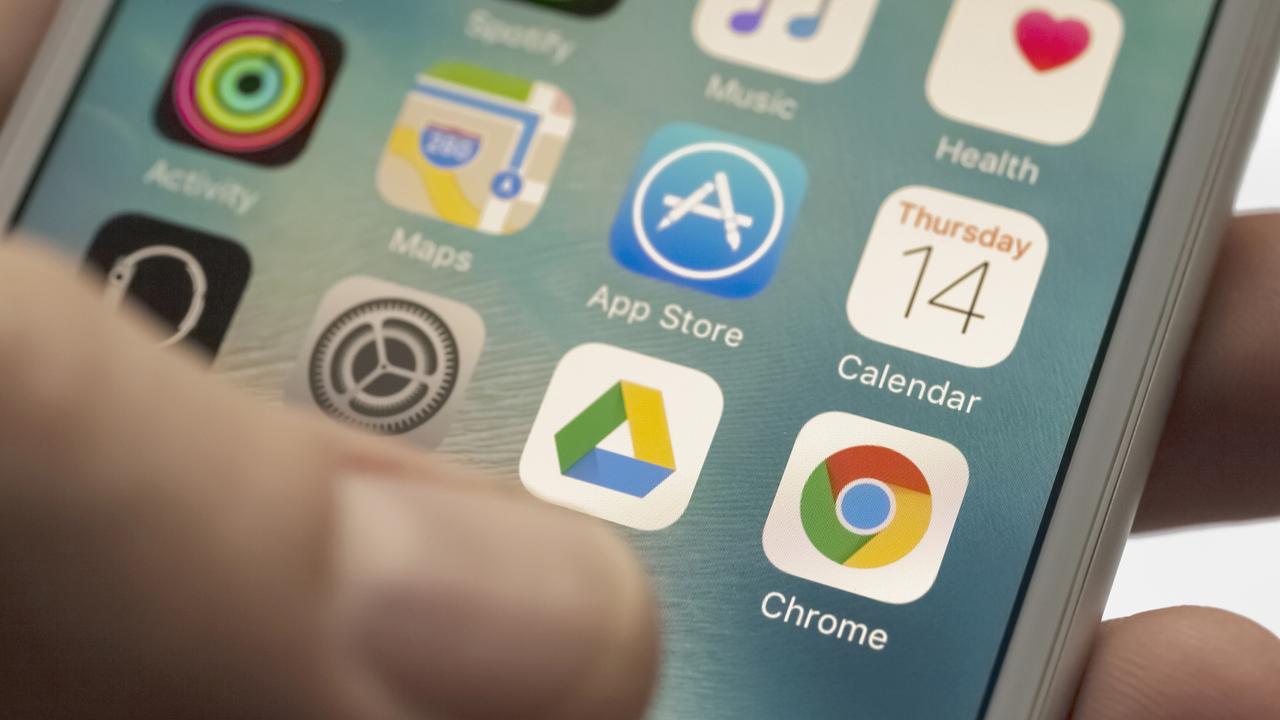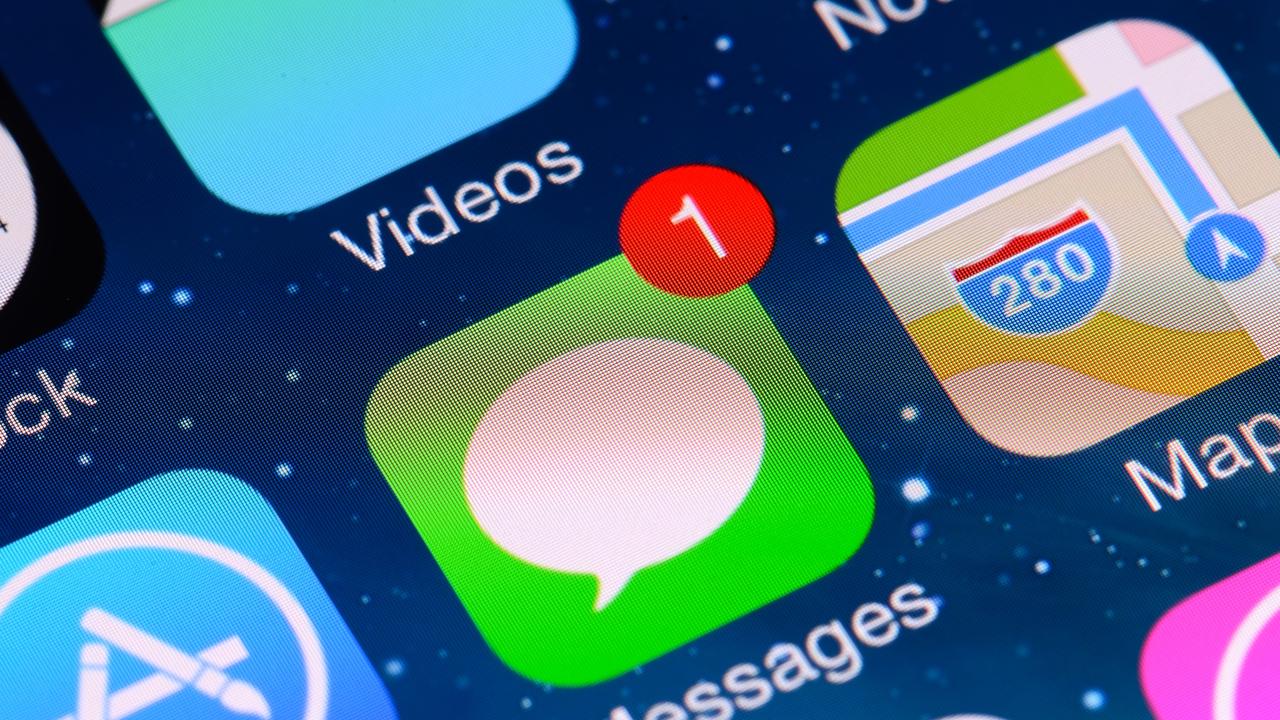Europe has announced a move to a universal charging cable – and it’s bad new for iPhone users worldwide
Experts have tipped the law to have a domino effect for Apple products worldwide.
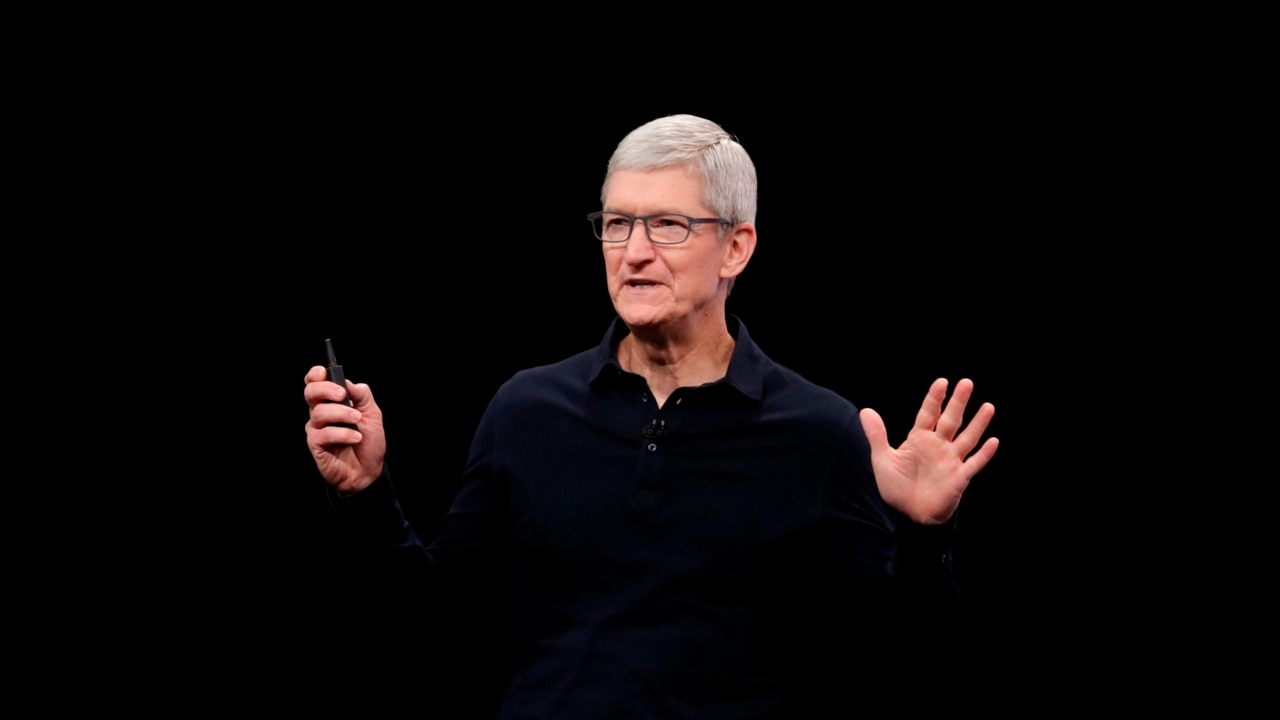
European Android users have scored a decisive victory over their Apple-worshipping counterparts, with the European Commission announcing last week that smartphones and similar devices sold within EU borders will require a universally used USB-C charging port.
It spells the beginning of the end for Apple's Lightning connector, which has proved a major point of difference (and frustration) for smartphone users around the world since being introduced in 2012.
Keen-eyed readers will be quick to note that these laws apply in the EU only.
However, experts have tipped the law to have a domino effect for Apple products worldwide, meaning in the near future you can always count on finding a spare phone charger somewhere.
“There were complaints about lock-ins in the past - if you had an Apple product you were stuck with Apple products, but this new rule give consumers the ability to switch to other technologies,” Julie Abramson, commissioner for the Productivity Commission, told news.com.au
“However, one of the issues with mandatory product design requirements is that they need to be weighed against the impact of innovation.”
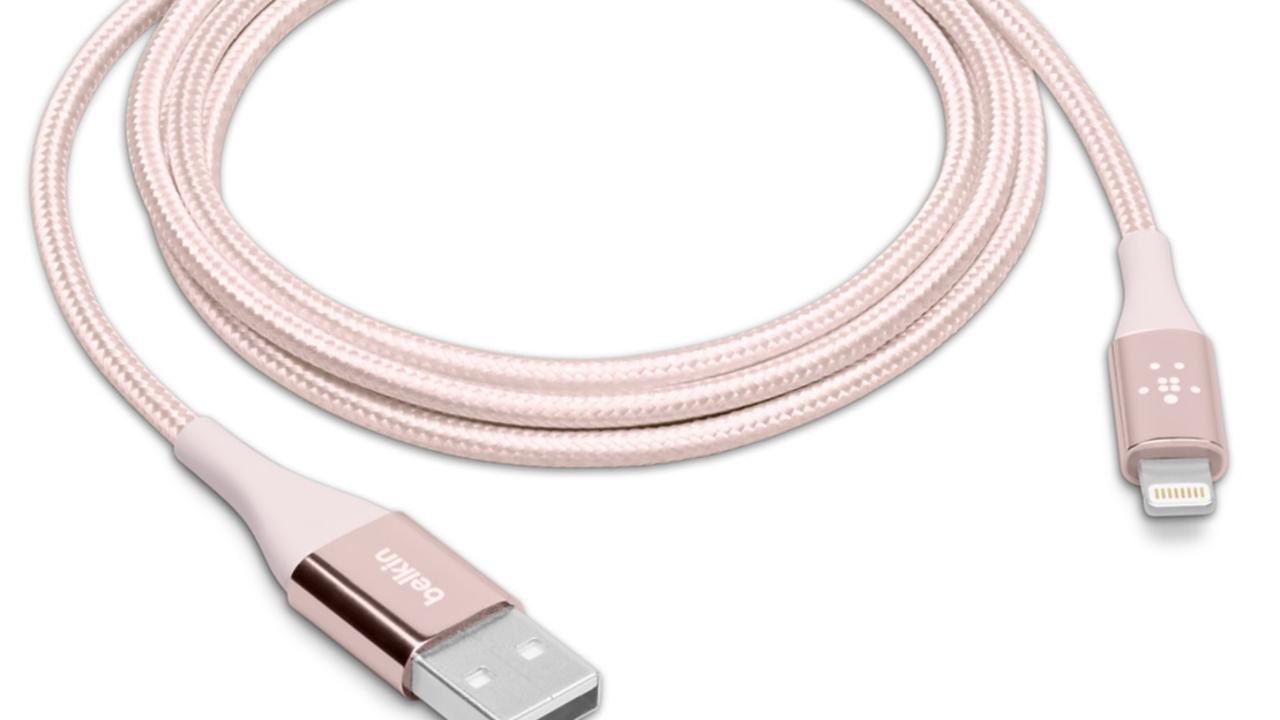
The EU Commission has claimed that the change will drive innovation, as well as saving people money, space and reducing e-waste.
The ruling will apply to all smartphones, tablets, headphones, cameras, e-readers, handheld game consoles, keyboards and computer mice.
The EU Commission also said that EU consumers spend approximately 2.4 billion euros ($3.58 billion) on stand-alone chargers annually, with the switch to a universal cable expected to save $358 million a year.
Tech manufacturers will have until late 2024 to make the changes, while laptop companies will be afforded 40 months to transition.
Tech companies have until late-2024 to make sure specified products sold in EU have C-ports
Are your chargers piling up in a drawer?
— European Commission 🇪🇺 (@EU_Commission) September 23, 2021
We propose a common charger for mobile phones and other similar electronic devices.
A single charger will be more convenient for people and will reduce electronic waste.
Read more: https://t.co/hkspfjwlhu#DigitalEUpic.twitter.com/ZhWZ8xSGKH
In response, Apple has claimed the mandate will in fact increase e-waste and slow developments in the tech world.
“We remain concerned that strict regulation mandating just one type of connector stifles innovation, rather than encouraging it, which in turn will harm consumers in Europe and around the world,” Apple said last year.
While the change is seismic shift in the world of smartphones, Apple’s move away from the Lightning cable was already in motion, with their MacBooks and newer models of iPad now using a C-port.
An estimated one third of smartphone users in Europe currently use iPhones.
However, should Apple choose to retire the Lightning cable, over half of Australian smartphone users will be affected, meaning now might be a good time to stock up on some USB-C adaptors.
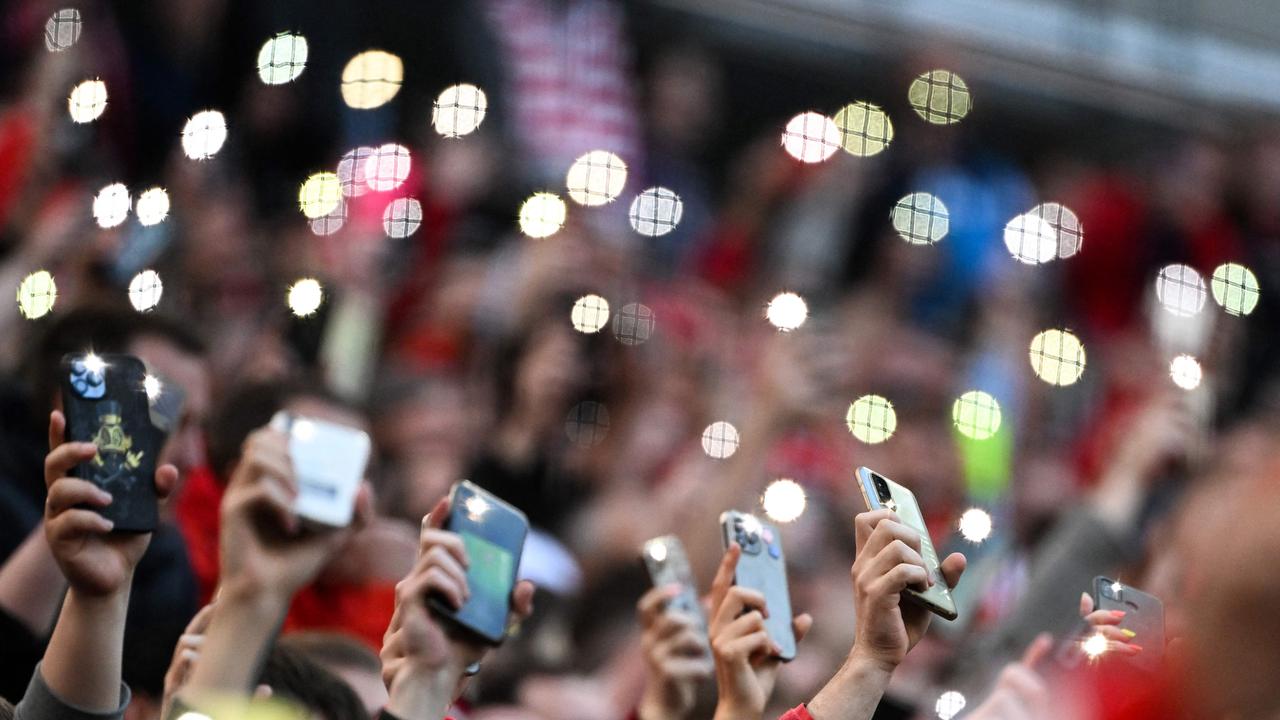
It’ll mean millions of Lightning cables will be going on the trash heap in the near future, with experts encouraging consumers to dispose their vintage chargers in dedicated e-waste bins.
“There‘s lots of valuable material in (Lightning cables) to be used,” Warren Overton, chief executive officer of the Australia and New Zealand Recycling Platform (ANZRP) told ABC.
“We save over a tonne of carbon dioxide per tonne of e-waste we recycle,” he added, speculating that the move to a universal charger should “in theory” reduce e-waste.




